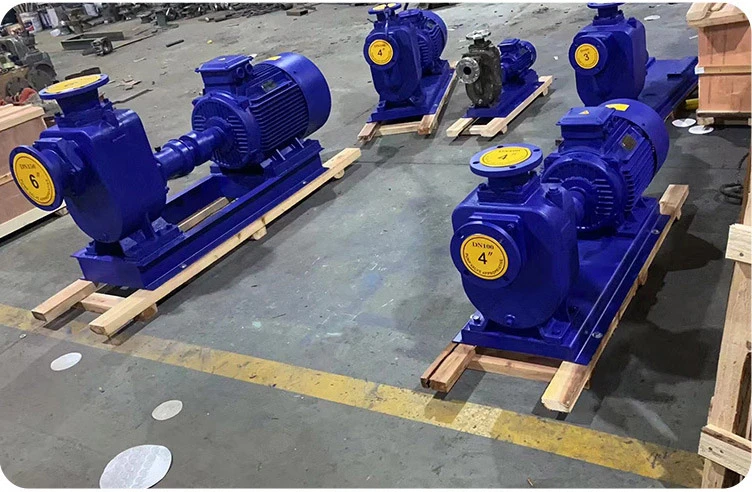English
- Afrikaans
- Albanian
- Amharic
- Arabic
- Armenian
- Azerbaijani
- Basque
- Belarusian
- Bengali
- Bosnian
- Bulgarian
- Catalan
- Cebuano
- Corsican
- Croatian
- Czech
- Danish
- Dutch
- English
- Esperanto
- Estonian
- Finnish
- French
- Frisian
- Galician
- Georgian
- German
- Greek
- Gujarati
- Haitian Creole
- hausa
- hawaiian
- Hebrew
- Hindi
- Miao
- Hungarian
- Icelandic
- igbo
- Indonesian
- irish
- Italian
- Japanese
- Javanese
- Kannada
- kazakh
- Khmer
- Rwandese
- Korean
- Kurdish
- Kyrgyz
- Lao
- Latin
- Latvian
- Lithuanian
- Luxembourgish
- Macedonian
- Malgashi
- Malay
- Malayalam
- Maltese
- Maori
- Marathi
- Mongolian
- Myanmar
- Nepali
- Norwegian
- Norwegian
- Occitan
- Pashto
- Persian
- Polish
- Portuguese
- Punjabi
- Romanian
- Russian
- Samoan
- Scottish Gaelic
- Serbian
- Sesotho
- Shona
- Sindhi
- Sinhala
- Slovak
- Slovenian
- Somali
- Spanish
- Sundanese
- Swahili
- Swedish
- Tagalog
- Tajik
- Tamil
- Tatar
- Telugu
- Thai
- Turkish
- Turkmen
- Ukrainian
- Urdu
- Uighur
- Uzbek
- Vietnamese
- Welsh
- Bantu
- Yiddish
- Yoruba
- Zulu
Telephone: +86 13120555503
Email: frank@cypump.com
Dec . 03, 2024 15:49 Back to list
sewage ejector pump replacement
Sewage Ejector Pump Replacement A Comprehensive Guide
Sewage ejector pumps are crucial components in any plumbing system that involves the movement of wastewater, especially in basements or lower elevations where gravity drainage is not an option. Over time, these pumps can wear out due to constant use, leading to a potential failure that may result in unpleasant and costly damages. Understanding when and how to replace your sewage ejector pump is essential for maintaining a functional plumbing system.
Signs That Your Sewage Ejector Pump Needs Replacement
1. Unusual Noises If your pump begins to make grinding or clanking noises, it may indicate internal issues, such as a malfunctioning motor or impeller. Strange sounds are often a precursor to pump failure.
2. Frequent Cycling A sewage ejector pump should cycle on and off at regular intervals. If you notice it running more often than usual without a significant change in water flow, it could be a sign of a failing pump.
3. Ineffective Waste Removal If the pump is not effectively removing waste from your home, leading to backups or slow drainage, it's time to investigate further.
4. Burning Smell Any burning or electrical smell emanating from your pump can indicate overheating, which is a serious issue that typically means the pump needs replacement.
5. Age Generally, sewage ejector pumps have a lifespan of about 7 to 10 years. If yours is approaching or has exceeded that age, preemptive replacement can prevent unexpected failures.
Steps for Replacing a Sewage Ejector Pump
sewage ejector pump replacement

1. Turn Off Power The first step in replacing a sewage ejector pump is to ensure safety. Turn off the power supply to the pump at the circuit breaker to avoid any electrical hazards.
2. Disconnect the Old Pump Remove the cover of the pump basin and disconnect any piping or wiring attached to the old pump. It's critical to handle the disconnection carefully to avoid damaging any other components in the system.
3. Remove the Old Pump Carefully lift the old sewage ejector pump out of the basin. It may be helpful to have a helper assist with this part, as the pump can be heavy and awkward.
4. Prepare the New Pump Before installation, review the manufacturer’s instructions for the new pump. Ensure that you select a pump that matches the specifications of your existing system in terms of size, power, and capacity.
5. Install the New Pump Place the new pump into the basin, ensuring it sits securely. Reconnect the piping and wiring per the manufacturer’s guidelines, being meticulous about sealing connections to prevent leaks.
6. Test the System After setup, it’s important to test the new pump. Turn the power back on and monitor the system for any leaks or unusual noises. Run water through the system to check its performance.
7. Regular Maintenance Once your new pump is in place, consider implementing a regular maintenance routine. Periodic inspections and cleaning can prolong the life of the pump and help identify any potential issues early.
Conclusion
Replacing a sewage ejector pump is an essential maintenance task that can prevent serious plumbing issues in your home. By being vigilant about the signs of pump failure and following a systematic approach to replacement, homeowners can ensure that their wastewater management system functions efficiently. If you're uncertain about any aspect of the replacement process, it’s always wise to consult with a professional plumber. A timely replacement not only safeguards your home from plumbing disasters but also provides peace of mind knowing your system is in good working order.
-
ISG Series Vertical Pipeline Pump - Chi Yuan Pumps Co., LTD.|Advanced Hydraulic Design&Energy-Efficient Solutions
NewsJul.30,2025
-
ISG Series Vertical Pipeline Pump - Chi Yuan Pumps Co., LTD.
NewsJul.30,2025
-
ISG Series Vertical Pipeline Pump - Chi Yuan Pumps Co., LTD.|energy-efficient fluid handling&industrial durability
NewsJul.30,2025
-
ISG Series Vertical Pipeline Pump - Chi Yuan Pumps | Advanced Engineering&Industrial Efficiency
NewsJul.30,2025
-
ISG Series Pipeline Pump - Chi Yuan Pumps | High Efficiency, Energy Saving
NewsJul.30,2025
-
ISG Series Vertical Pipeline Pump-Chi Yuan Pumps|High Efficiency&Reliable Performance
NewsJul.29,2025










